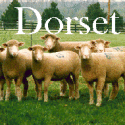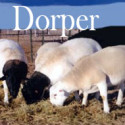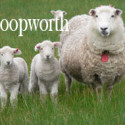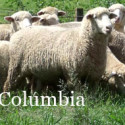Dorsets are adaptable to all types of sheep enterprises, from the large, full-time commercial producer to the small, part-time purebred farm flock operation. The Dorset breed was originally developed as an extremely versatile sheep that thrived and excelled in a variety of environments, under various nutritional and management regimens. Due to their moderate size and… Continue Reading











